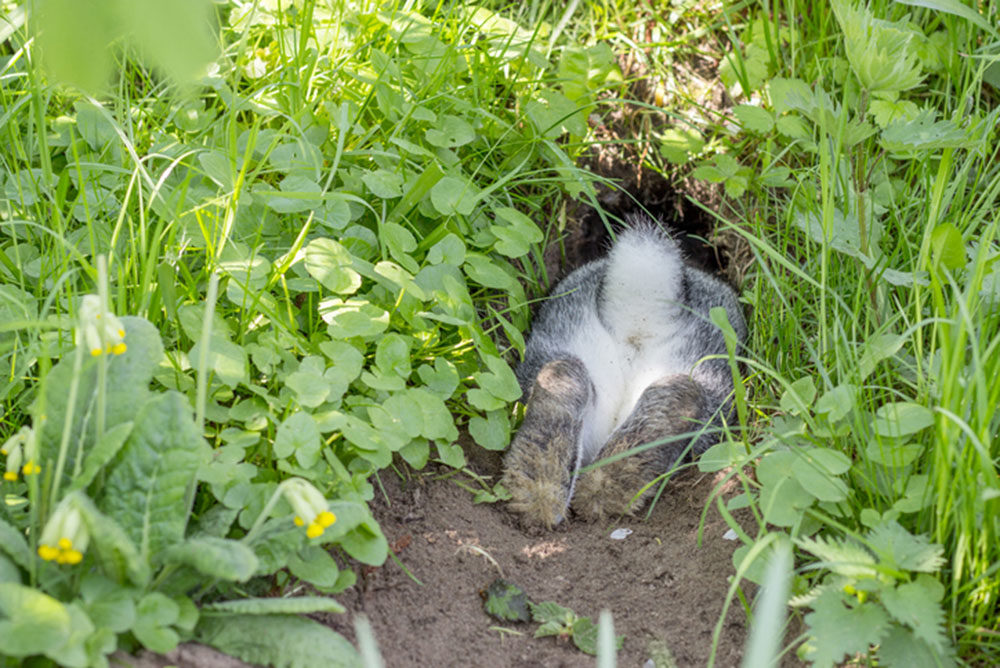
iStock
BUNNY BOOM, rabbit explosion—some say bunny rabbits are becoming as common in DC as pigeons in New York City and deer in Northern Virginia. In the District, selected streets—notably Ingomar Street off Connecticut Avenue in Northwest, and all over Southwest—and gardens appear to be awash in bunnies.
A large acorn drop in the fall of 2018, along with increased rainfall that fuels vegetation growth, may be driving the proliferation by providing more food for hungry bunnies. And as one community gardener said, the rabbits don’t run…they don’t have any fear of humans.”
While gardeners complain about the rabbits’ voracious appetites for lettuce and carrots, a serious risk is tularemia—rabbit fever. Although the numbers of DMV region cases are low, averaging around two/year, a recent surge in four U.S. states (Colorado, Nebraska, South Dakota and Wyoming) included one death, and another man died last summer on Martha’s Vineyard.
Tularemia spread by rabbits is “well entrenched on Martha’s Vineyard,” according to Tufts University infectious disease professor Sam Telford, who reports between three and 15 cases of tularemia on the Vineyard every year going back to 1999.
Potentially scary, tularemia is one of five diseases including anthrax considered to have the greatest potential for use in biological warfare. But the most serious ongoing threat is to landscapers and gardeners, who breathe in the bacteria after mowing or digging in the area where an animal has been sick or died.
Tularemia infections vary in seriousness depending on where the bacteria enters the body: the lungs, breathing in bacteria airborne from disrupted lawns and garden soil; or the skin, through a tick bite—the most common source in the U.S. (Mosquitoes are the main vectors elsewhere.) Symptoms, including fever and chills, muscle or joint pain, sore throat or trouble breathing, usually appear three to five days after exposure, although it could take longer.
Antibiotics can treat both forms; the more threatening is the lung-borne disease, which requires immediate treatment, and most victims recover.
Where bunnies are booming, face masks can protect gardeners who are digging, mowing or clearing brush, although the CDC advises avoiding mowing in areas where sick or dead animals have been reported. Keep pets away from wild animals that might be carrying ticks, or sick or dead ones that might be infected.
Precautions against tularemia-carrying ticks are the same ones for Lyme disease: Wear long pants and high socks, use DEET, check for ticks after undressing. Another beneficiary of the acorn drops, squirrels are also multiplying—though they rarely live more than four years because they carry so many diseases and are also hosts for tularemia-carrying ticks.
—Mary Carpenter
Every Tuesday in this space, well-being editor Mary Carpenter reports on health news you can use.
